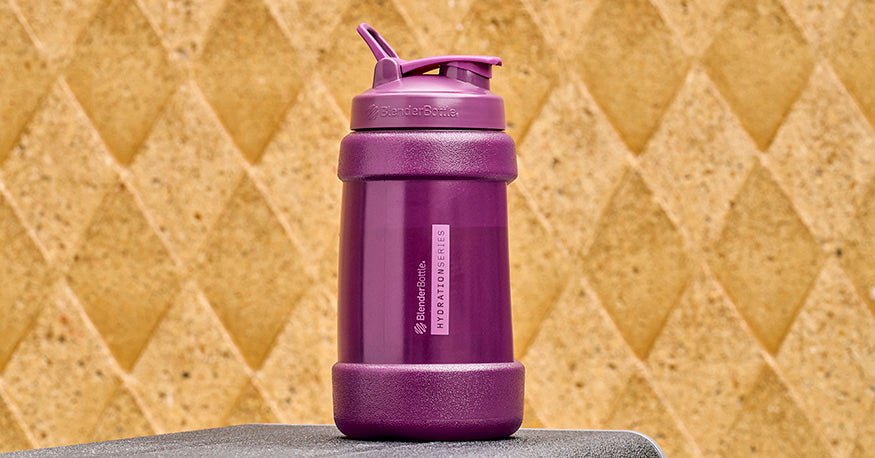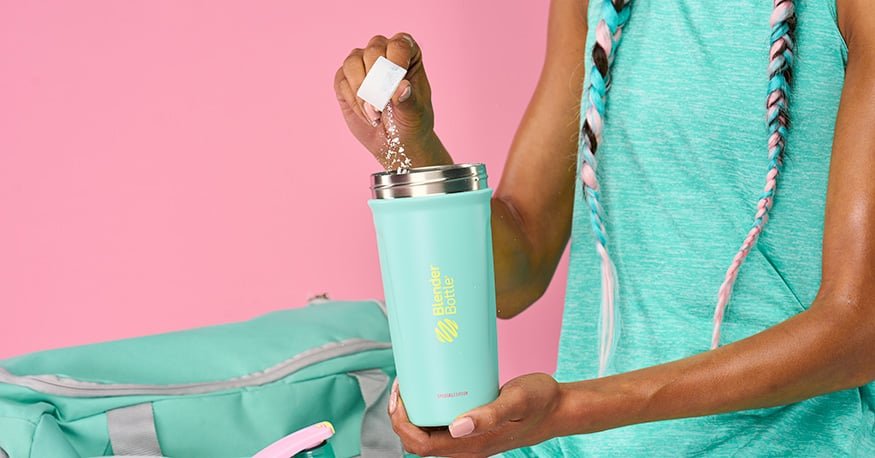Part of health and wellness is knowing what you're putting into your body. This includes not just calories, but also the macro and micronutrients that those foods contain. That's where tracking macros and micros come in!
If you're not familiar with the terms, macros are the big three macronutrients - protein, fat, and carbohydrates. Micros are the micronutrients, which include vitamins and minerals. This guide will help you get started tracking both micros and macros so that you can make the best choices for your health!
Why You Should Track Your Macros and Micros
First, let's talk about why you might want to track macros and micros. If you're trying to lose weight, gain muscle, or just improve your overall health, it's important to pay attention to the nutrients you're taking in.
For example, if you're trying to lose weight, tracking macros can help you make sure you're getting enough protein to maintain muscle mass, but not too many carbs or fat. On the other hand, if you're trying to gain muscle, you'll want to make sure you're getting enough protein and carbs, but not too much fat.
No matter your goal, tracking macros, and micros can help you make sure you're getting the nutrients you need to support your health.
How to Start Tracking Macros and Micros
There are a few different ways to track macros and micros. The most important thing is to find a method that works for you and that you'll stick with.
One popular method is to use a food-tracking app, such as MyFitnessPal. These apps allow you to input the foods you eat and track the macros and micros they contain.
Another option is to use a food journal. This can be a physical journal that you write in or an online food diary. With a food journal, you'll track the foods you eat and the macros and micros they contain.
You can also use a spreadsheet to track your macros and micros. This method is best for people who are comfortable with computers and excel at tracking data.
No matter which method you choose, the important thing is to be consistent. Make sure you're inputting all the foods you eat, and that you're accurately tracking the macros and micros they contain.
What Macros and Micros Should You Track?
Now that you know how to track macros and micros, it's time to talk about which ones you should track. The answer to this question depends on your goals.
If you're trying to lose weight, you'll want to focus on tracking calories, protein, and fiber. Protein and fiber are both filling nutrients that can help you feel satisfied with fewer calories.
If you're trying to gain muscle, you'll want to track calories, protein, and carbs. Protein is essential for muscle growth, and carbs are important for energy.
If you're trying to improve your overall health, you'll want to track all of the macro and micronutrients. This includes calories, protein, fat, carbs, fiber, vitamins, and minerals.
No matter your goal, it's also important to track water intake. Water is essential for health, and it's easy to become dehydrated, especially if you're active.
How Much of Each Macro and Micro Should You Eat?
The amount of each macro and micro that you need depends on a few factors, including your age, gender, activity level, and goals. There are general recommendations for macro and micro intake, but it's best to talk to a doctor or dietitian to find out what's best for you.
In general, most people need:
-
2000-2500 calories per day
-
50-175 grams of protein per day
-
20-35% of calories from fat
-
45-65% of calories from carbs
-
25-35 grams of fiber per day
Vitamins and minerals are essential for health, but you don't need to track them if you're eating a balanced diet. If you're not sure if you're getting enough of a specific vitamin or mineral, talk to a doctor or dietitian.
The Benefits of Meal Prepping
Something important to consider when tracking macros is the concept of meal prepping. Meal prep makes for a much easier experience in tracking. This allows you to specifically measure out your intake rather than relying on someone else to prepare your meals or caving and looking for the easiest meal options.
Some may feel they don't have the time to meal prep but realistically with the right recipes, you may save time by not having to go out to get food everyday. And BlenderBottle has a new meal prep bag that can help you stay packed and organized. The larger sized bag even has a compartment for a laptop if you're a working professional looking for a bag that can do it all.
Benefits of Tracking Macros and Micros
There are many benefits to tracking macros and micros, including weight loss, muscle gain, and improved health. If you have a specific health goal in mind, tracking macros and micros can help you make sure you're on track.
Weight Loss
If you're trying to lose weight, tracking macros and micros can help you make sure you're eating enough protein and fiber and not consuming too many calories. You'll first need to calculate how many calories you need to eat each day to lose weight. Then, you can use a food tracker to make sure you're staying within your calorie limit and getting enough protein and fiber.
Muscle Gain
If you're trying to gain muscle, tracking macros and micros can help you make sure you're eating enough calories and protein. You'll need to eat more calories than you burn each day to gain weight. Protein is essential for muscle growth, so you'll need to make sure you're getting enough. Use a food scale to help you hit your macros and micros each day.
Improved Health
If you're trying to improve your overall health, tracking macros and micros can help you make sure you're getting all the nutrients you need. This includes vitamins, minerals, protein, fiber, and healthy fats. Use a food tracker or spreadsheet to help you hit your nutrient goals each day.
Tracking Micros and Macros
No matter your goal, tracking micros and macros can help you make sure you're getting the nutrients you need. Use a food tracker or spreadsheet to help you hit your goals each day. Make sure you're inputting all the foods you eat, and that you're accurately measuring portion sizes.
If you're not sure how to start tracking, talk to a doctor or dietitian for help. They can give you specific recommendations for macro and micro intake based on your age, gender, activity level, and goals. And make sure to grab all your personal fitness necessities from our shop.




Leave a comment
All comments are moderated before being published.
This site is protected by reCAPTCHA and the Google Privacy Policy and Terms of Service apply.